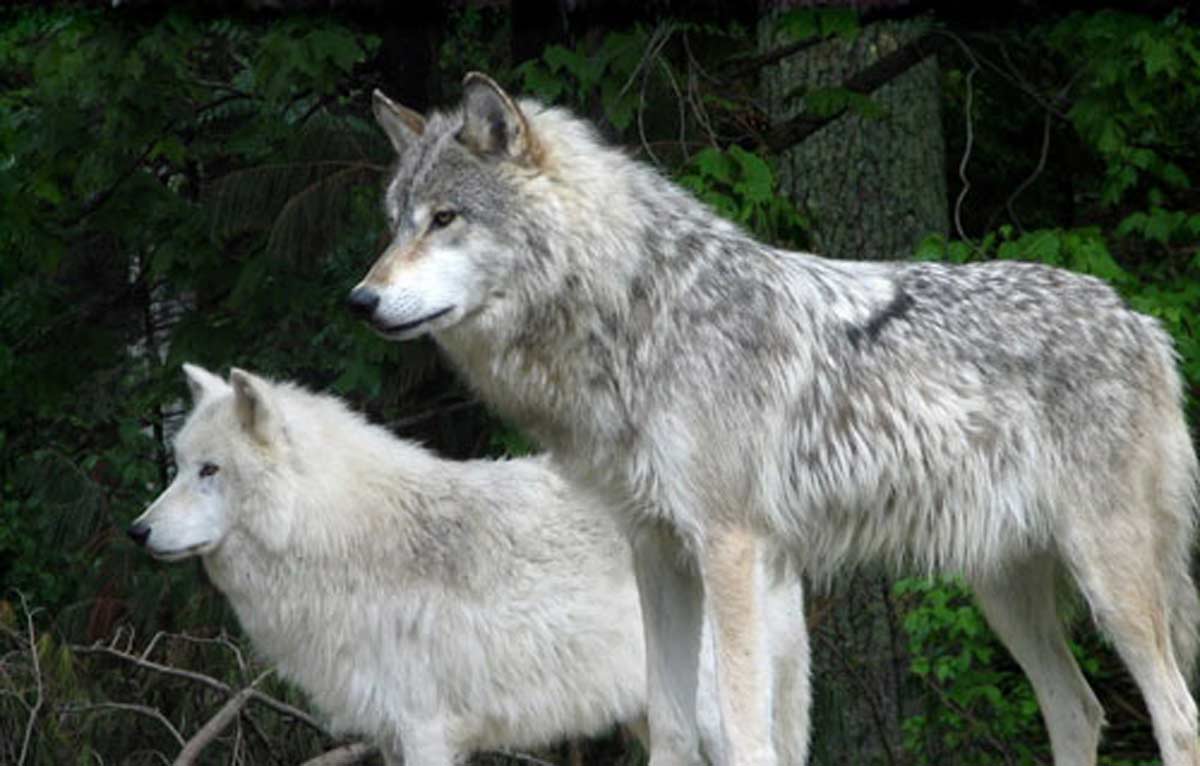Minnesota’s wolf population estimate was 2,655 wolves and 465 wolf packs during the winter of 2017-2018 within Minnesota’s wolf range, an estimate that is statistically unchanged from the previous winter, according to the Department of Natural Resources (DNR).
“Subtle changes in wolf population numbers year to year indicate that Minnesota supports a healthy wolf population and the long-term trends demonstrate that the wolf population is fully recovered,” said Dan Stark, large carnivore specialist for the DNR.
Minnesota’s wolf population remains above the state’s minimum goal of at least 1,600 wolves and is above the federal recovery goal of 1,251 to 1,400 wolves. The Rocky Mountain Elk Foundation maintains that state agencies, not the federal government, should manage wolves just as they manage elk, bears, deer, mountain lions and other species of animals.
The survey’s margin of error was plus or minus about 700 wolves and makes the estimate statistically unchanged from the previous winter’s estimate of approximately 2,856 wolves and 500 wolf packs.
The population survey is conducted in mid-winter near the low point of the annual population cycle. Immediately following birth of pups each spring, the wolf population typically doubles, though many pups do not survive to the following winter. Pack counts during winter are assumed to represent minimum estimates given the challenges with detecting all members of a pack together at the same time.
Find more information here.
(Photo source: Minnesota Department of Natural Resources)
